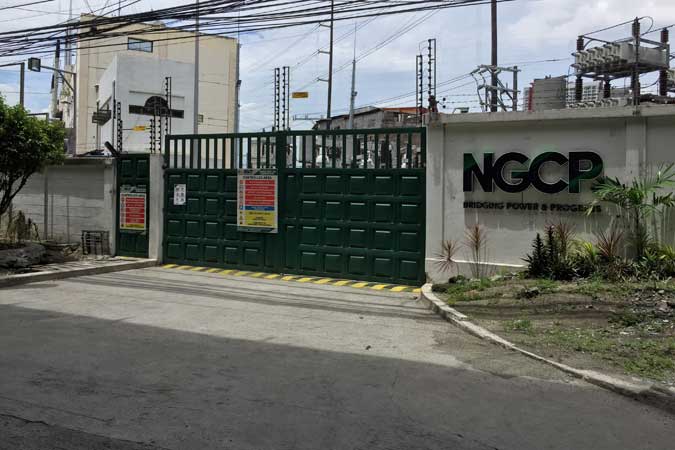Move earlier seen to result in passing on cost to consumers
By Angelica Y. Yang, Reporter
SY-LED National Grid Corp. of the Philippines (NGCP) is looking at converting 35 “non-firm” contracts to firm-based arrangements for the provision of reserves or ancillary services (AS) to the power grid, according to the Energy Regulatory Commission (ERC).
At present, the grid operator is procuring AS from a mix of firm and non-firm contracts, which the Energy department previously flagged.
“NGCP is in the process of re-negotiating its non-firm AS contract(s) to firm contracts… There are a total of 35 non-firm contracts for conversion,” ERC Chairperson and Chief Executive Officer (CEO) Agnes VST Devanadera said during a House Committee on Energy hearing on July 30.
She added that NGCP is providing the energy regulator with weekly updates on the re-negotiation process. The ERC has already set a streamlined process for the conversion of contracts, Ms. Devanadera said.
The Energy department previously explained that non-firm contracts for reserves “compromise the reliability of the grid” at times since AS providers under these arrangements will decide when to provide reserve power.
Under a circular issued by the Department of Energy (DoE) in 2019, NGCP is required to source regulating, contingency and dispatchable reserves, through only firm contracts.
Data obtained by BusinessWorld showed that NGCP has inked 35 non-firm contracts with state-led and private entities, including the government-run Power Sector Assets & Liabilities Management Corp.; First Gen Hydro Power Corp., SNAP (or SN Aboitiz Power) Benguet and Magat; Energy Development Corp; AP Renewables, Inc.; and Global Business Power Corp.
These non-firm contracts are deemed as existing and “active.”
“The simulated rate impact of the conversion as computed by ERC and confirmed by DoE ranges from P0.19/kWh (per kilowatt hour) for Luzon, P0.36/kWh for Visayas and P0.28/kWh for Mindanao. The said projected rate impact is expected to go down as demand increases,” Ms. Devanadera explained.
NGCP is evaluating all existing contracts for reserve power, its top official said.
“On the matter of AS, we are assessing all the existing contracts and required capacities in view of the recent clarification made by DoE. We are pursuing all the 35 (non-firm contracts) and we would bid (them) out — do a CSP (competitive selection process) and all,” NGCP President and CEO Anthony L. Almeda said during the hearing.
NGCP only contracted regulating, contingency, and dispatchable reserves of 237 megawatts (MW), 180 MW, and 145 MW, respectively, from firm contracts for the Luzon grid as of the fourth quarter of 2020, based on DoE data.
The Luzon grid’s required capacity for regulating, contingency and dispatchable reserves stood at 491 MW, 647 MW, and 647 MW in the same period.
“If non-firms have the contract, the reserves aren’t guaranteed. That is why there is a thinning of supply when electricity demand goes up during the summer season,” DoE Secretary Alfonso G. Cusi said in an earlier statement in April.
However, in June, NGCP’s Mr. Almeda said that the full firm contracting of reserves will “only lead to a change in payment terms where all the power, used or unused, will be shouldered by the public.”

